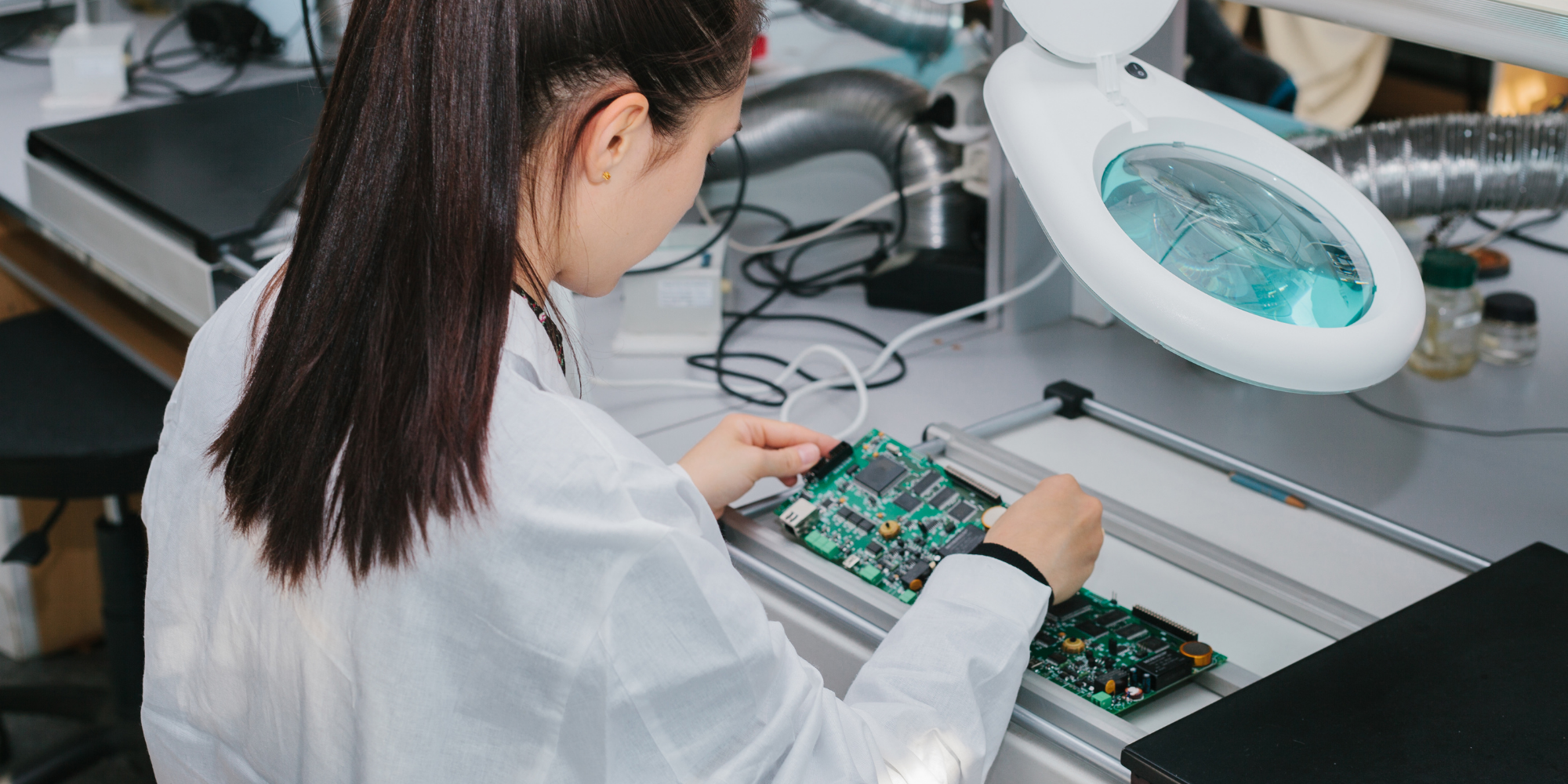Injection molding is a manufacturing process that turns liquid plastic into usable parts. It's used in everything from toys to car parts, and it's the most common way to mass-produce plastic items today. Injection molding works by combining two main ingredients: a thermoplastic material (usually polypropylene) and an agent that makes it easy to flow (called a plasticizer). Visit injection molding guide
The thermoplastic is melted and combined with the plasticizer, and then injected into a mold. The mold is usually made of steel or aluminum, and it's shaped like the final product. As the molten plastic enters the mold, it cools and hardens. Once it's cooled, the mold opens and the part is ejected.
It is a Fast Process
Injection molding is a very fast process, and it's capable of producing large quantities of parts quickly and cheaply. However, it does have some limitations. Injection molded parts are usually not as strong as parts made with other methods, and they can be quite brittle. Additionally, the molding process can be quite complex, and it's not always easy to get the parts to come out of the mold correctly.
Overall, though, injection molding is a great way to mass-produce plastic parts quickly and cheaply. If you need a large quantity of identical plastic parts, injection molding is probably the best option.
1. Know Your Materials
Before you can produce a successful product, you need to understand the limitations and capabilities of the materials you'll be working with. Different plastics have different melting points, shrink rates, and flow characteristics, all of which will affect the design and manufacturing of your product. Be sure to consult with an expert on the specific material you'll be using so that you can avoid any potential problems down the road.
2. Design for Manufacturing
The better your product is designed for manufacturing, the easier and more cost-effective it will be to produce. When designing your product, keep injection molding in mind and consider factors such as wall thickness, draft angles, undercuts, and other potential problem areas. Working with a experienced manufacturer from the start can help ensure that your product is designed for success.
3. Consider All Costs
Injection molding can be a very cost-effective way to manufacture products, but only if you take all costs into account. In addition to the actual cost of the materials and the mold itself, you'll also need to factor in the cost of shipping, set-up, and other potential fees. Be sure to get a complete quote from your manufacturer so that you can budget correctly for your project.
4. Pay Attention to Details
Injection molding is all about details. The slightest change in your design can result in a completely different finished product. Be sure to triple-check your design before sending it off to be manufactured, and don't hesitate to ask for help from an expert if you're unsure about anything.
5. Don't Rush
Rushing through the manufacturing process is a recipe for disaster. Injection molding is a complex process with many variables, so take the time to do it right. rushing through any stage of the process will only increase the chances of errors and potential problems.
6. Inspect Your Products
Once your products have been manufactured, it's important to inspect them thoroughly before shipping them off to your customers. Look for any defects or imperfections and correct them immediately. Remember, the quality of your products reflects on your business, so it's important to make sure they're up to par.
7. Be Prepared to Adjust
Injection molding is an iterative process, which means that you'll likely need to make some adjustments along the way. Be prepared to change your design if necessary. In order to produce the best possible product. With a little trial and error, you'll be able to perfect your manufacturing process and create a product that you can be proud of.
By following this article, you'll be well on your way to success with injection molding. Just remember to take your time, pay attention to detail, and be prepared to adjust along the way. With a little effort, you can produce a high-quality product that meets all of your expectations.


